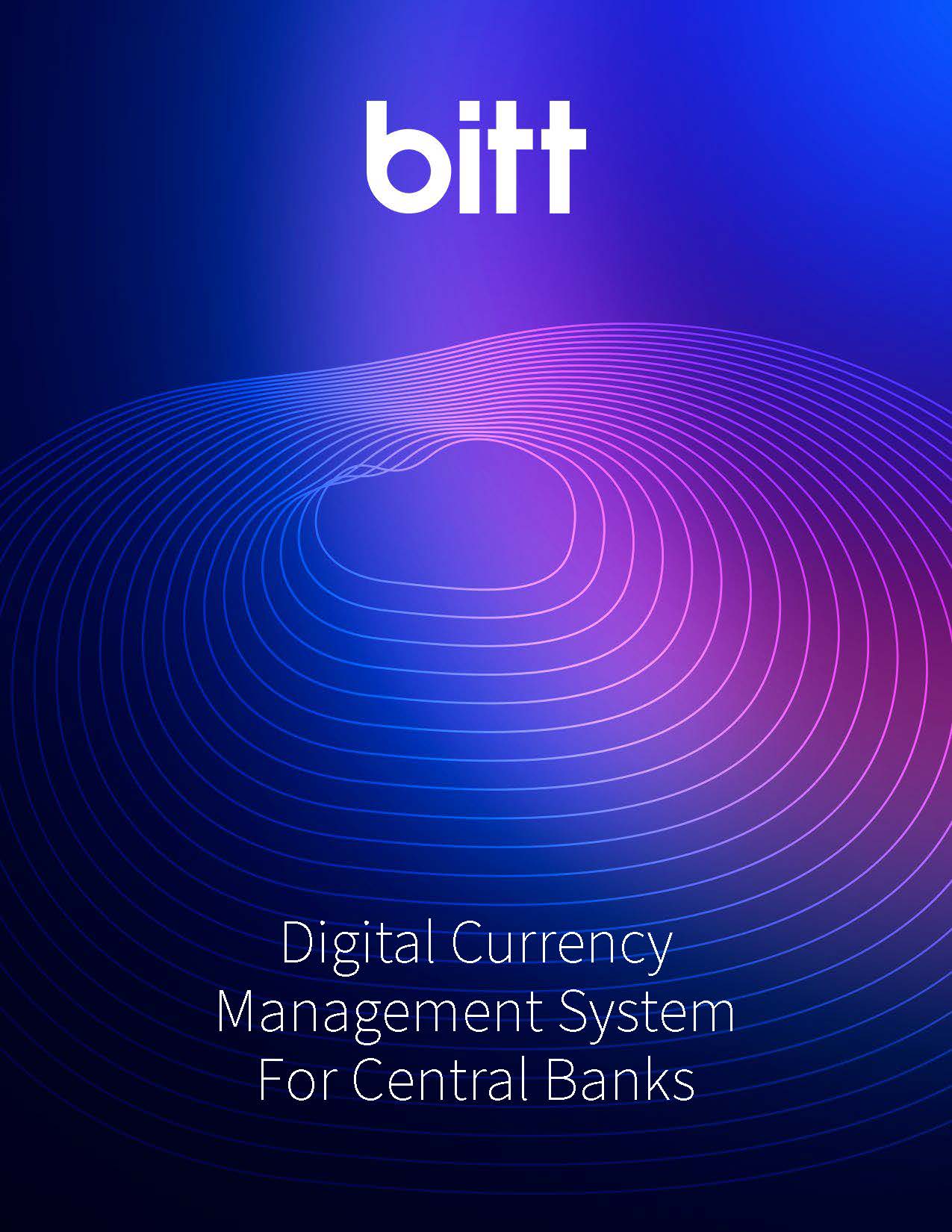When embarking on the journey of creating and deploying a CBDC, central banks face many decisions that will influence the nature of their national digital currency with respect to technology, governance, security, management, regulation, and more. The following chart represents a high-level framework to serve as a reference when preparing the formal considerations that are necessary in developing and deploying a CBDC. Considerations follow a first principles approach and are divided into two main categories: CBDC Transaction Network, and CBDC Stakeholder Tools. The CBDC transaction network comprises the core ledger, a database that houses the balances of all wallets or accounts and continuously updates as transactions occur. The transaction network can be deployed in many configurations, each of which having unique software and hardware considerations. Stakeholder-specific functionality is considered in the applications section, and calls into question the variety of CBDC actions that each stakeholder group should be able to achieve on such a network, as well as corresponding accountability and data protection measures. While such functionality is technically executed in a Business Process Manager, such as the Bitt Numa, it is useful to consider the corresponding applications and their stakeholder group in order to derive adequate governance and control mechanisms. Furthemore, it is assumed that a percentage of these functions can be achieved via APIs through which stakeholders can integrate their existing tools and applications. Whether the system is centralized, distributed, or decentralized, all stakeholders will connect to the CBDC transaction network via APIs, each requiring the consideration of multiple factors pertaining to access and functionality. Management of the network, on the other end, is considered in the context of who develops, hosts, and maintains the network, including governance considerations for upgrades and/or changes to the network, integrations, and other network-level changes. In addition, the management of the physical hardware on which all CBDC software resides is called into question, with considerations raised to ensure continuous operations. This mindmap is not exhaustive, and is meant to provide the basis on which to begin your CBDC development and deployment journey. Should you have any feedback, comments, questions, or additions, please reach out to centralbankbitt.com. References: NIST (2021). Definition of Critical Software Under Executive Order (EO) 14028
